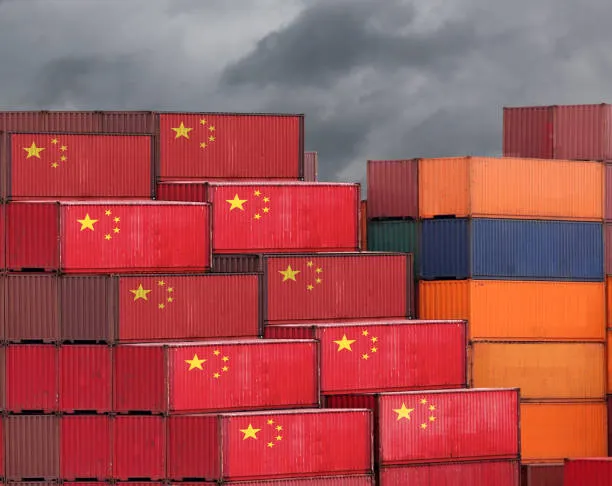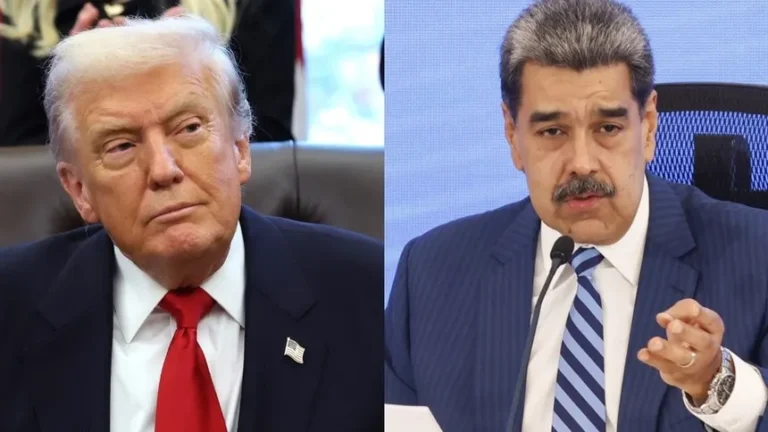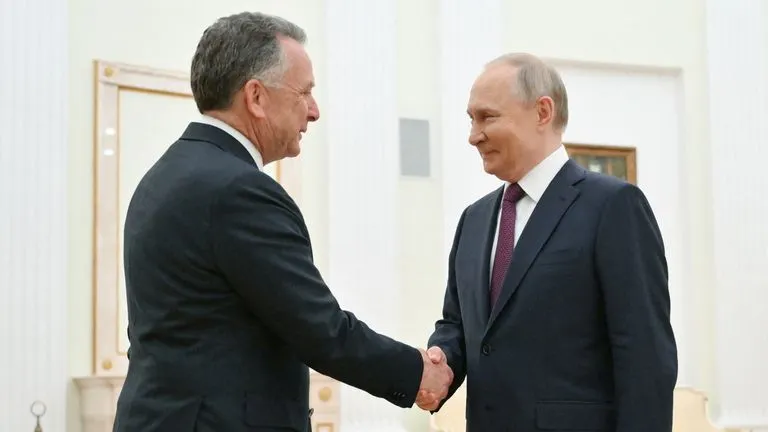
Beijing Responds to U.S. Tariffs With Shipping Fees
BEIJING — China’s Ministry of Transport announced that vessels owned, operated, or built by U.S. entities will face additional port fees for each voyage beginning October 14, a direct countermeasure to new U.S. charges on Chinese ships taking effect the same day.
The ministry said the fees target ships flying the U.S. flag or linked to American ownership and are designed to mirror upcoming U.S. port charges imposed following a trade investigation by the U.S. Trade Representative (USTR).
U.S. Measures Aimed at Reviving Shipbuilding
The United States plans to introduce fees on Chinese-built or -operated vessels as part of a broader strategy to boost domestic shipbuilding and reduce China’s dominance in global commercial and naval shipping. According to analysts, these fees could exceed $1 million per ship for large container vessels and are set to rise annually through 2028.
In response, China will apply its own fee of 400 yuan ($56) per net tonnage for American-linked ships entering its ports, with scheduled increases over the next three years:
- 640 yuan ($90) beginning April 17, 2026
- 880 yuan ($124) beginning April 17, 2027
- 1,120 yuan ($157) beginning April 17, 2028
China Calls U.S. Policy “Discriminatory”
Chinese officials denounced Washington’s move as “discriminatory” and damaging to the international shipping industry. The ministry said the U.S. policy “seriously disrupts the stability of the global supply chain and undermines the international trade order.”
China has grown into the world’s largest shipbuilder over the past two decades, producing more than 1,000 commercial vessels in the last year alone. By comparison, U.S. shipyards built fewer than 10.
Limited Impact on U.S. Trade Expected
Analysts suggest that while the Chinese port fees will increase costs for American shippers, the broader impact may be less significant than the effect of U.S. tariffs on Chinese fleets. Trade experts said agricultural and energy exports may already be constrained by earlier tariff escalations, reducing the immediate exposure for U.S. goods.
An international oilseed trader told Reuters the move signaled a continued deterioration in trade relations. “You don’t take such steps if you’re trying to resolve matters,” the trader said, noting that China’s soybean processors might “have to do without U.S. beans this year.”
Broader Tensions Ahead of APEC Summit
The new shipping fees come amid renewed strain between the world’s two largest economies. The temporary 90-day tariff truce agreed to in August expires November 9, and both nations have exchanged new economic measures in recent weeks.
President Donald Trump and Chinese President Xi Jinping are expected to meet at the Asia-Pacific Economic Cooperation (APEC) summit in South Korea later this month. Analysts caution that ongoing retaliatory steps could complicate any progress toward stabilizing trade relations.
Related Coverage
- Global News – https://idahonews.co/global-news/
- Economy & Market – https://idahonews.co/economy-market/




